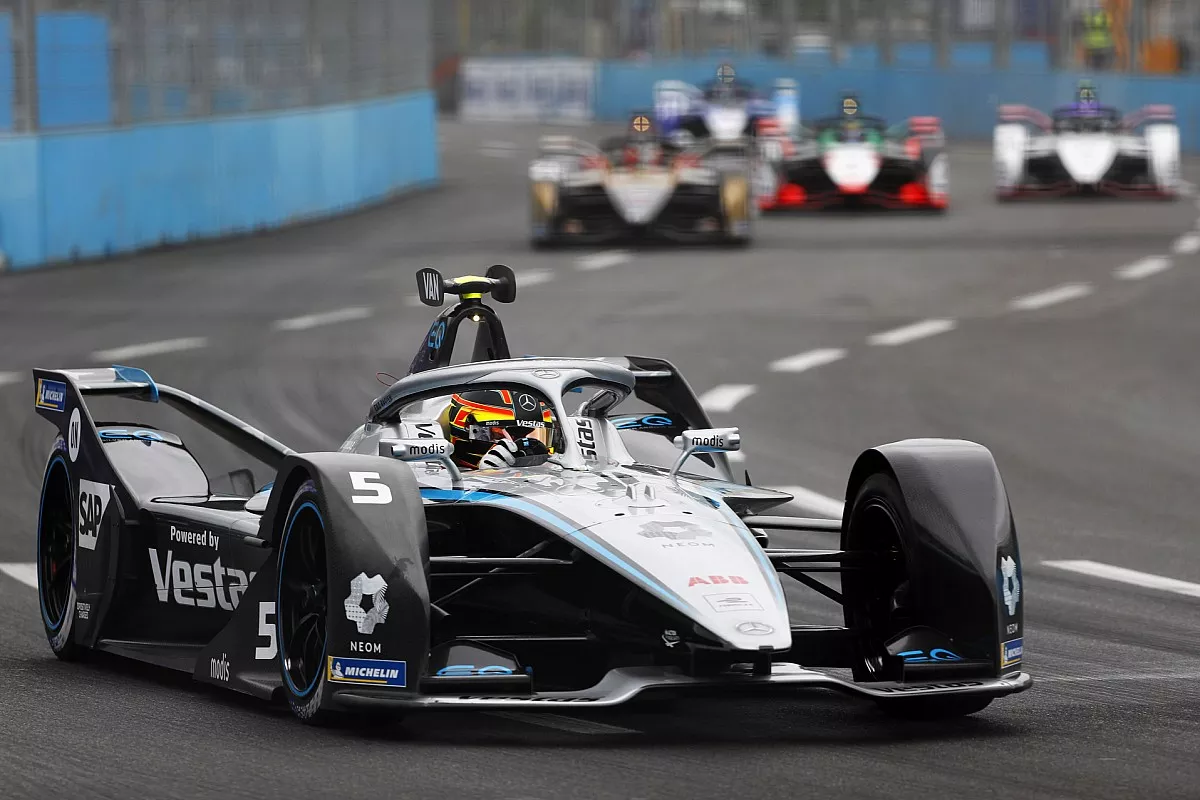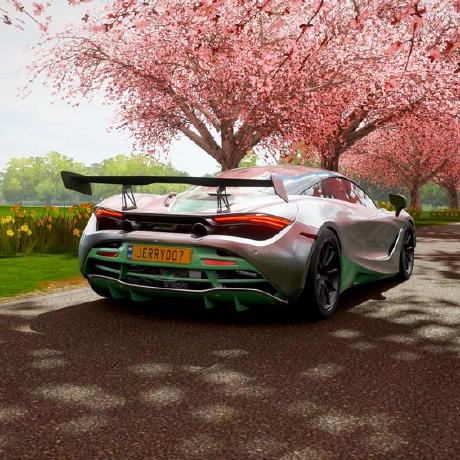Physics Blog


Jerry Zhang
Feb 26, 2022
Formula E - Electric Potential Energy
Introduction:
Formula E race cars are fully powered by electricity. With Electric Forces and Energy concepts learned in Grade 12 physics, we can actually explore different situations in Formula E! It has only been 7 years since Formula E's conception. The cars will continue to get faster and more efficient in the future! Watch the video below for more information about Formula E:
Background information:
Electric potential energy:
Electric potential energy is the energy that is needed to move a charge against an electric field. You need more energy to move a charge further in the electric field, but also more energy to move it through a stronger electric field.


This is the equation used to calculate the electric potential energy of a pair of charges in which k is the Coulomb’s constant (in this case, the medium of the charged objects is air and it will change as the medium changes ), q1 and q2 are the magnitudes of the charges and r is the radius between the charges.
SI Unit for k: N • m^2/C^2
SI Unit for Energy: J
Linear Momentum:
Momentum is the quantity of motion of a moving object. The linear momentum of an object is the product of the object’s mass and velocity:

It is a vector quantity that points in the same direction as the velocity
SI Unit: kg • m/s
Conservation of Linear Momentum:
The principle states that in an isolated system, the total linear momentum remains constant.
An isolated system is the vector sum of the average external forces acting on the system that is zero.

The principle applies to a system containing any number of objects, regardless of the internal forces in an isolated system.
Kinetic energy formula:

kinetic energy is directly proportional to the mass of an object and its velocity squared.

Question 3: Formula E in 2050, battle of the charges!
A Formula E race car released a particle with a mass of 7.0*10^-4 kg, a charge of -44.00µC and an initial velocity of 331km/h backwards. At the same time, the trailing race car released a particle with a mass of 6.3*10^-4 kg, a charge of -23µC. The initial separation distance between two race cars is 210 m. In the end, the final velocity of both charges is 0.
Assume that there’s no external electric field acting on the charges as well as there’s 0 net external force acting on the system. Gravity is also negligible. Neglect the race cars after the charges have been launched.
What is the final distance of separation between the two particles?
General steps to approach this type of question:
1. isolate for the final distance of separation using conservation of energy
2. calculate the unknown initial velocity using conservation of linear momentum
3. plug the numbers into the expression and get the final distance of separation
To begin with, let's draw a diagram and list out the given information.
Notice: We do NOT have the initial velocity for the second charge! (Hint: there's 0 net external force acting on the system)


According to the Law of conservation of energy, we can then isolate the final radius using the initial kinetic and electric potential energy equals final kinetic and electric potential energy.
Notice: We need to account for the initial kinetic energy for each of the charges!

Then, we can solve for the initial velocity of the second charge using the conservation of linear momentum. Remember the final velocity of both charges is 0! (Clearly a clever person made this question that includes linear momentum & electric potential energy).

Then we can plug all the numbers into the expression. Notice: the expression is really long and I would strongly recommend doing the calculation in steps (If you have a gifted calculator you can skip the steps below).
Remember to keep some extra decimal places during this process to make our answer more accurate!


In the end, we can plug all the numbers back into the expression. We get the final distance of separation between two charges is approximately 1.45 metres.

Thank you for reading my blogs!
At this point, you have gained some basic knowledge of Formula One and Formula E with applications using concepts learned in Grade 12 physics! Hopefully, you will become a fan of Formula One or Formula E after reading my blogs. The new 2022-23 F1 season will start soon! Please feel free to leave some comments below as well :)
Jerry Zhang
High School Student | Life-Long Learner | GitHub: https://github.com/JerryZhang0920